Your Location:Home >Products >Biochemical Engineering >138-15-8
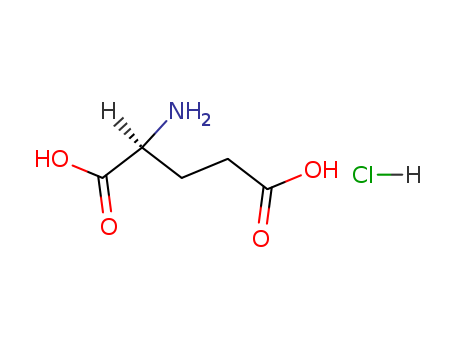

Product Details
|
Chemical Properties |
white crystals or fine crystalline powder. It is a flavoring, salt substitute that is soluble in water and very slightly soluble in alcohol and ether. |
|
Uses |
L-Glutamic acid hydrochloride (LGHC) is obtained by chemical synthesis. L-Glutamic acid hydrochloride (LGH) crystal has wide range of potential behaviour in nonlinear optics. The NLO efficiency of LGH is three times superior than L-glutamic acid hydrobromide crystal. |
|
General Description |
L-glutamate is the major excitatory neurotransmitter in mammalian central nervous system (CNS). It interacts with membrane bound glutamate receptors. |
|
Biochem/physiol Actions |
L-glutamate plays key roles in development, learning, memory, plasticity and cognition. It plays crucial role in the pathogenesis of neuropathological diseases such as epilepsy, schizophrenia, stroke, ischemia, ALS (amyotrophic lateral sclerosis), Huntington′s disease and Parkinson′s disease. Glutamate is also responsible for the activation of long-term potentiation (LTP) and long-term depression (LTD). Induction of glutamate receptors plays a key role in the pathophysiology of migraine. |
InChI:InChI=1/C5H9NO4.ClH/c6-3(5(9)10)1-2-4(7)8;/h3H,1-2,6H2,(H,7,8)(H,9,10);1H/t3-;/m0./s1
In the current study, the l-glutamic acid hydrochloride single crystal was grown by the solvent evaporation technique at room temperature. The grown crystal was analysed to powder X-ray diffraction, UV–Visible spectrum, DSC and SHG studies to reveal its lattice parameters, optical transmittance, thermal stability and optical property, respectively. …
Stereochemically inert and positively ch...
Seven new natural products, micropeptin ...
micropeptin MZ771

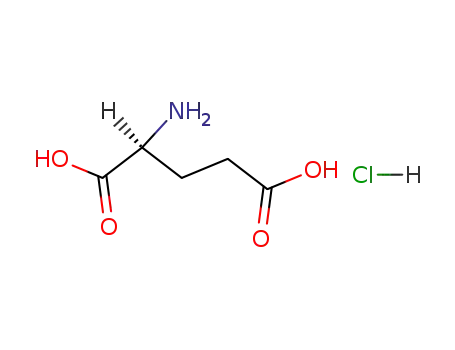
l-glutamic acid hydrochloride

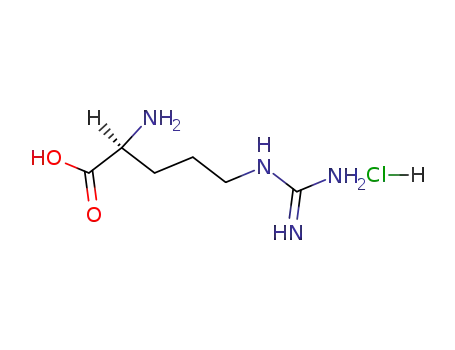
L-arginine hydrochloride

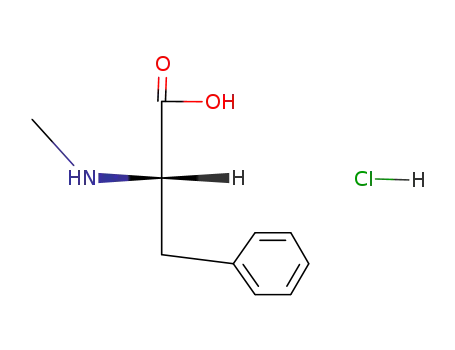
N-methyl-L-phenylalanine hydrochloride


L-isoleucine hydrochloride

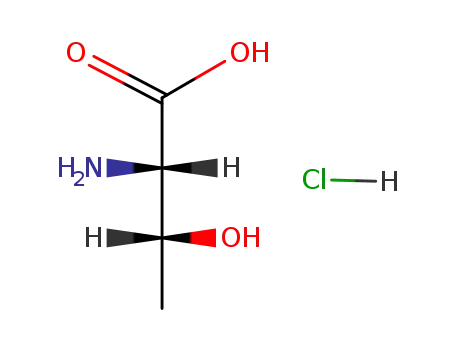
L-threonine methyl ester hydrochloride
| Conditions | Yield |
|---|---|
|
micropeptin MZ771; With Jones reagent; In acetone; at 0 ℃; for 0.166667h;
With hydrogenchloride; water; at 110 ℃; for 16h; Sealed glass bomb;
|
micropeptin MZ845

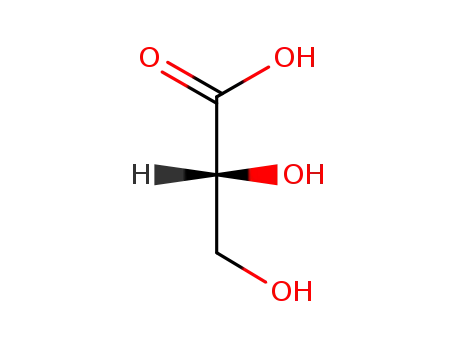
D-glyceric acid


l-glutamic acid hydrochloride


L-arginine hydrochloride


N-methyl-L-phenylalanine hydrochloride


L-isoleucine hydrochloride


L-threonine methyl ester hydrochloride
| Conditions | Yield |
|---|---|
|
micropeptin MZ845; With Jones reagent; In acetone; at 0 ℃; for 0.166667h;
With hydrogenchloride; water; at 110 ℃; for 16h; Sealed glass bomb;
|
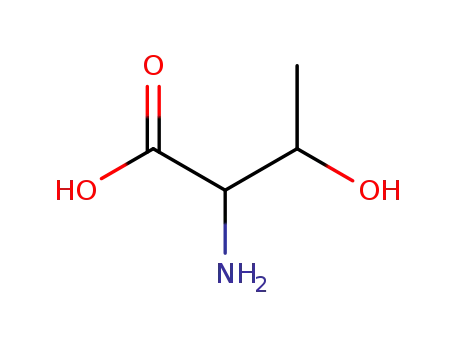
DL-threonine
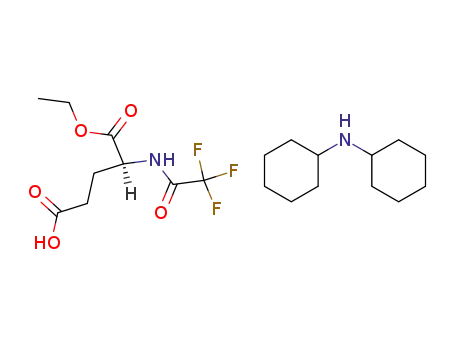
Dicyclohexylammonium-<(S)-4-ethoxycarbonyl-4-(trifluoracetylamino)butanoat>
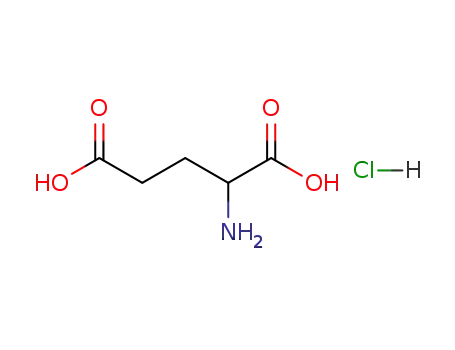
DL-glutamic acid hydrochloride
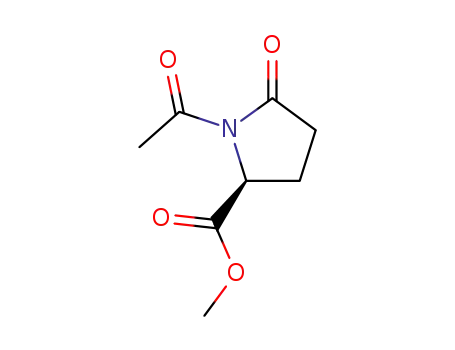
(2S)–N-acetyl-5-oxoproline methyl ester
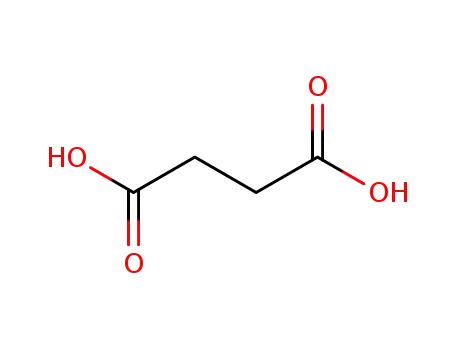
succinic acid

L-glutamic dimethyl ester hydrochloride

L-glutamic acid 5-methyl ester
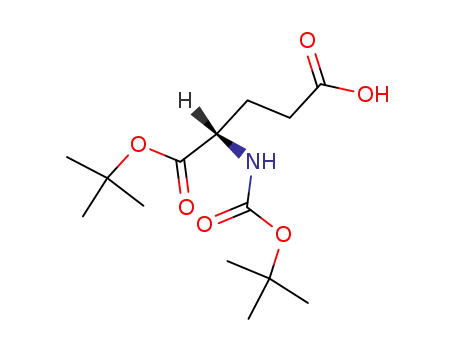
N-tert-butoxycarbonyl glutamic acid tert-butyl ester
CAS:3196-73-4
CAS:4244-84-2
CAS:4530-20-5
CAS:56-86-0